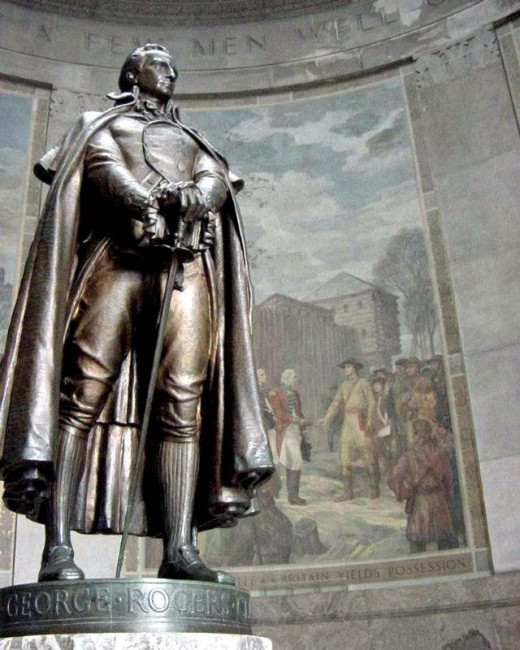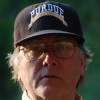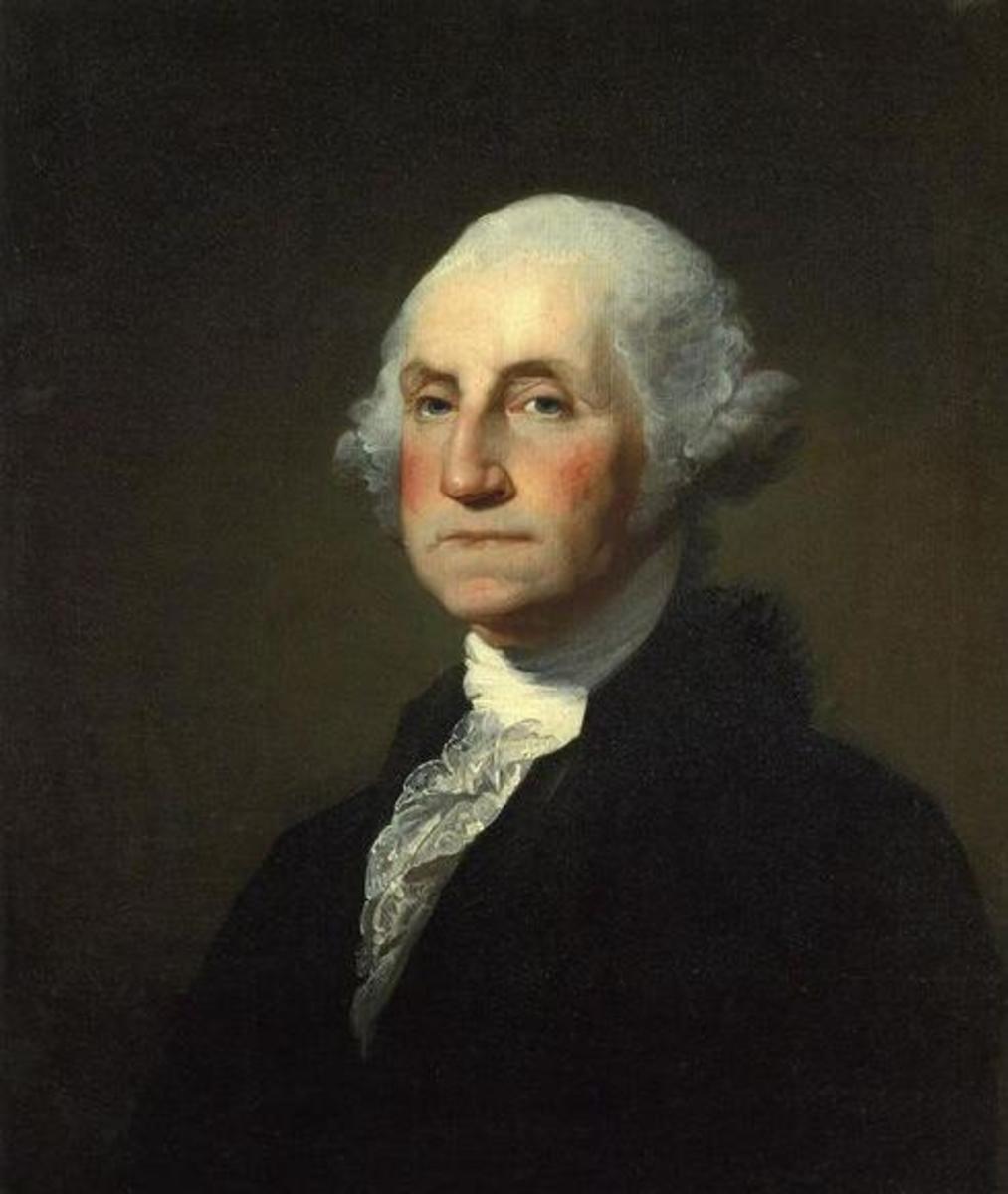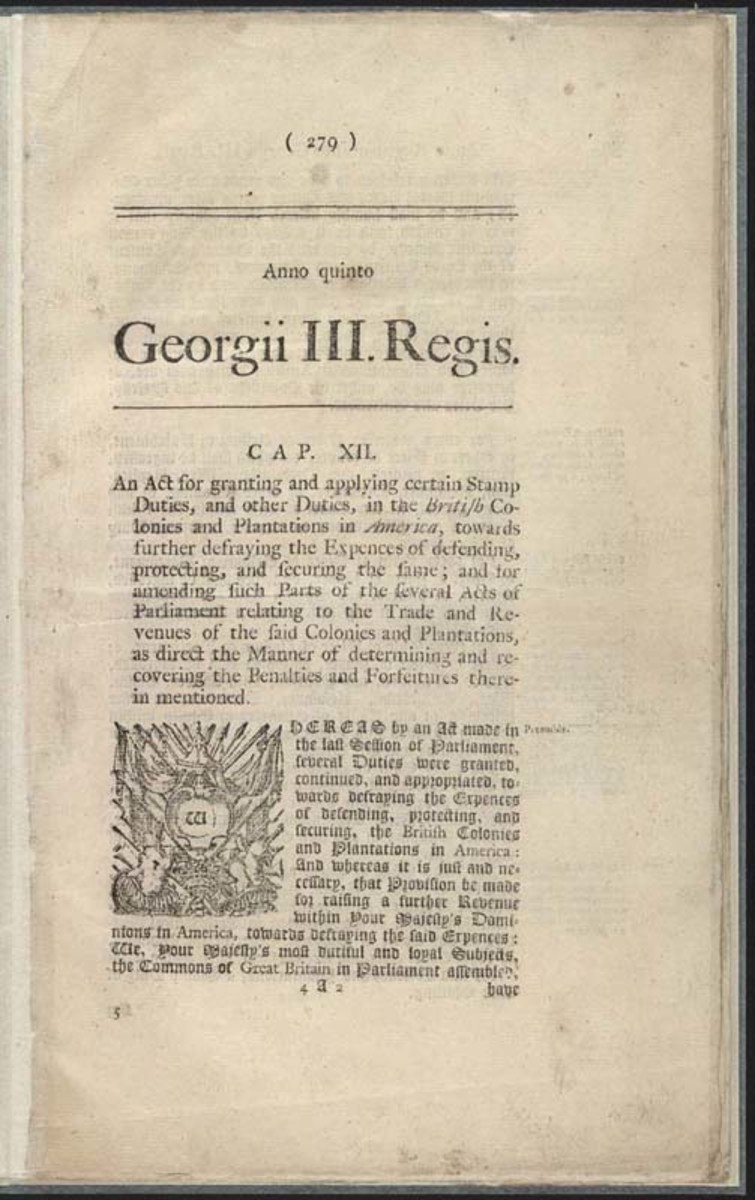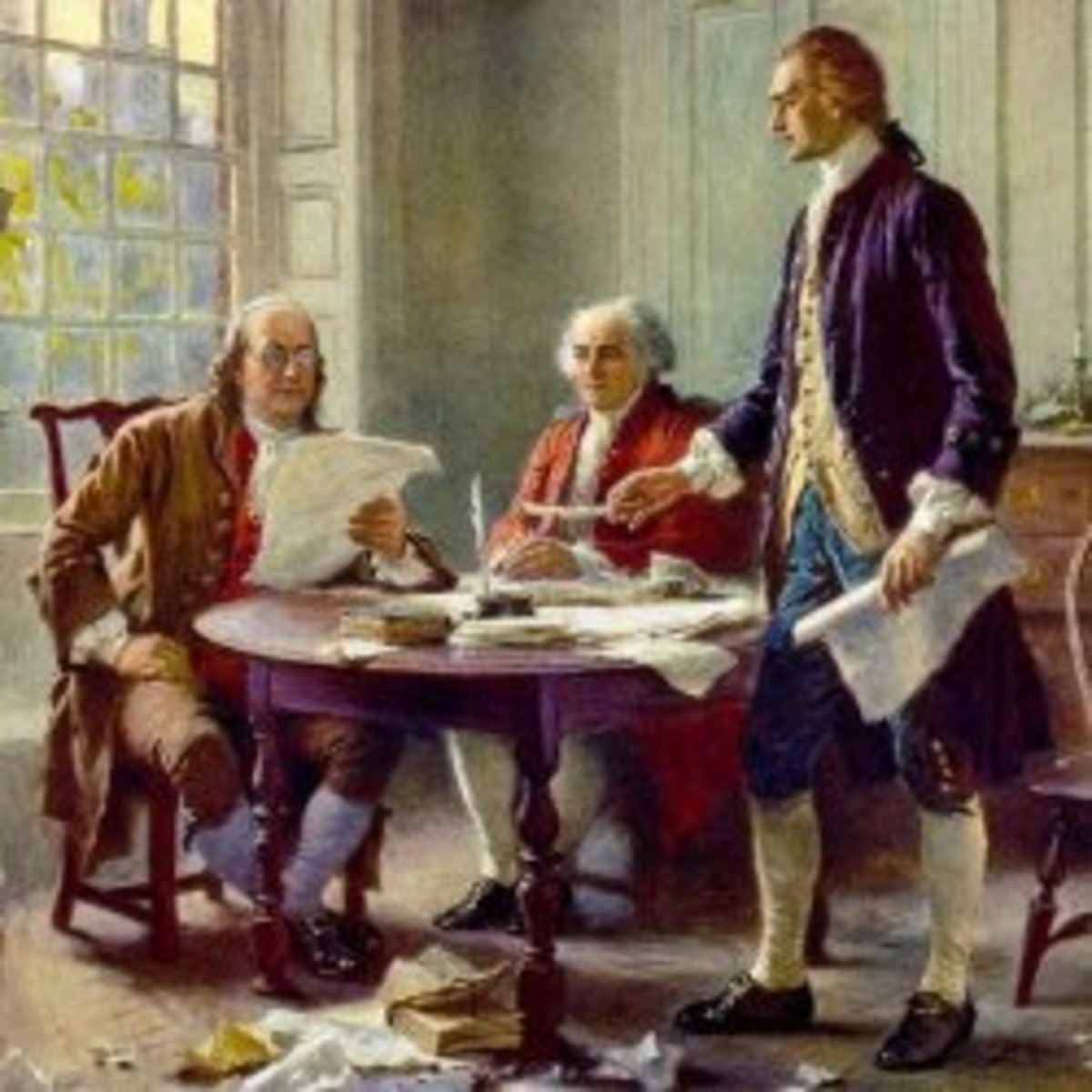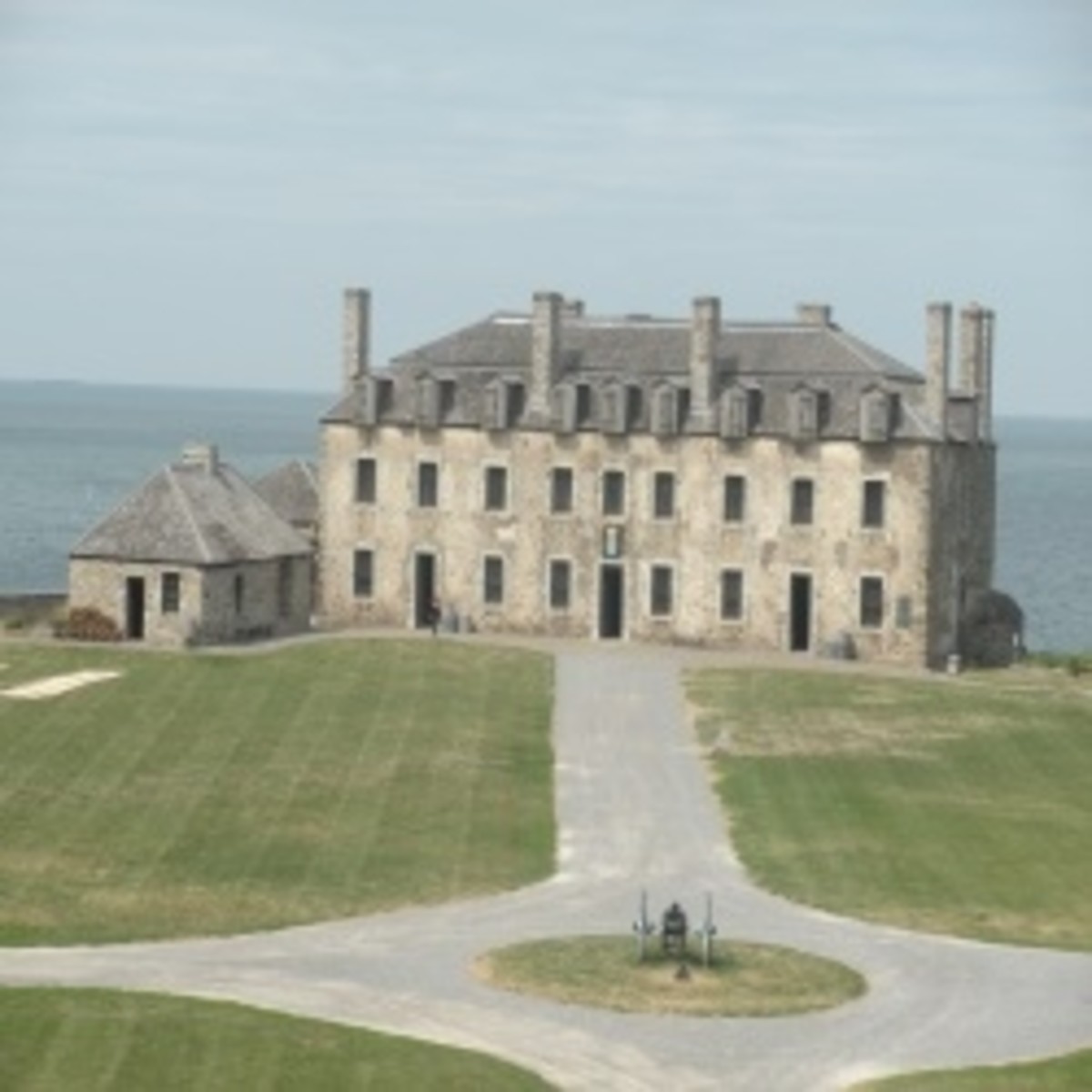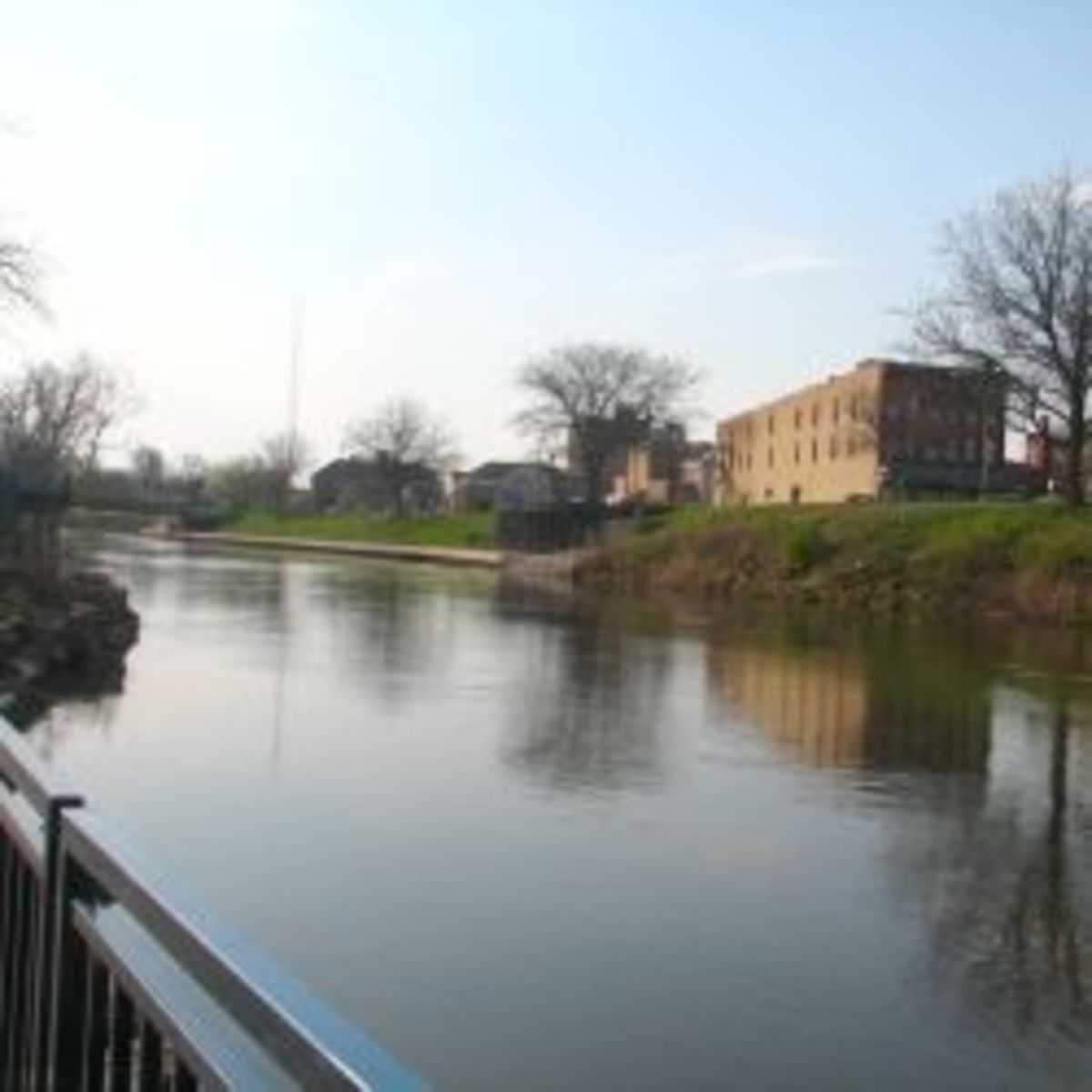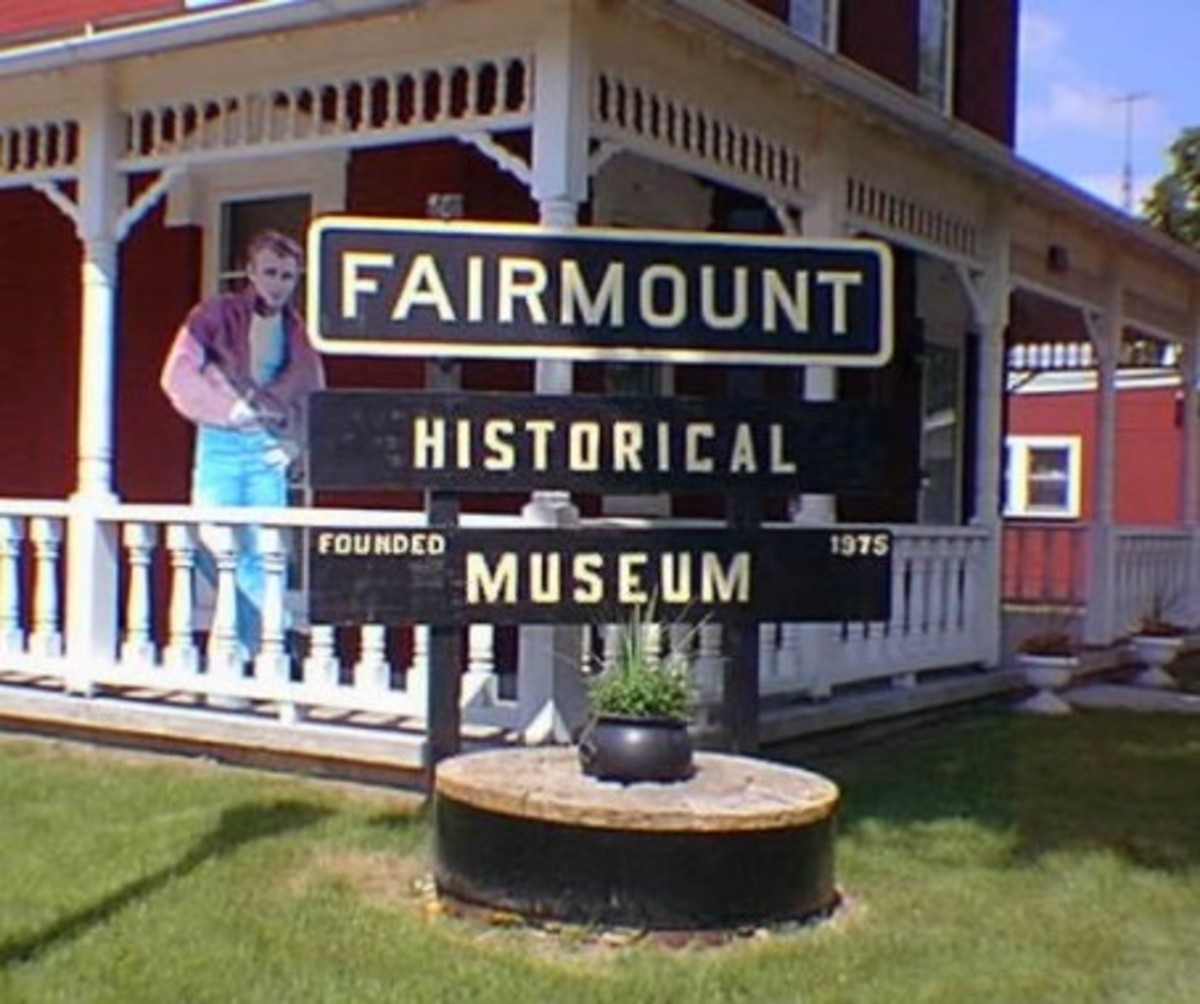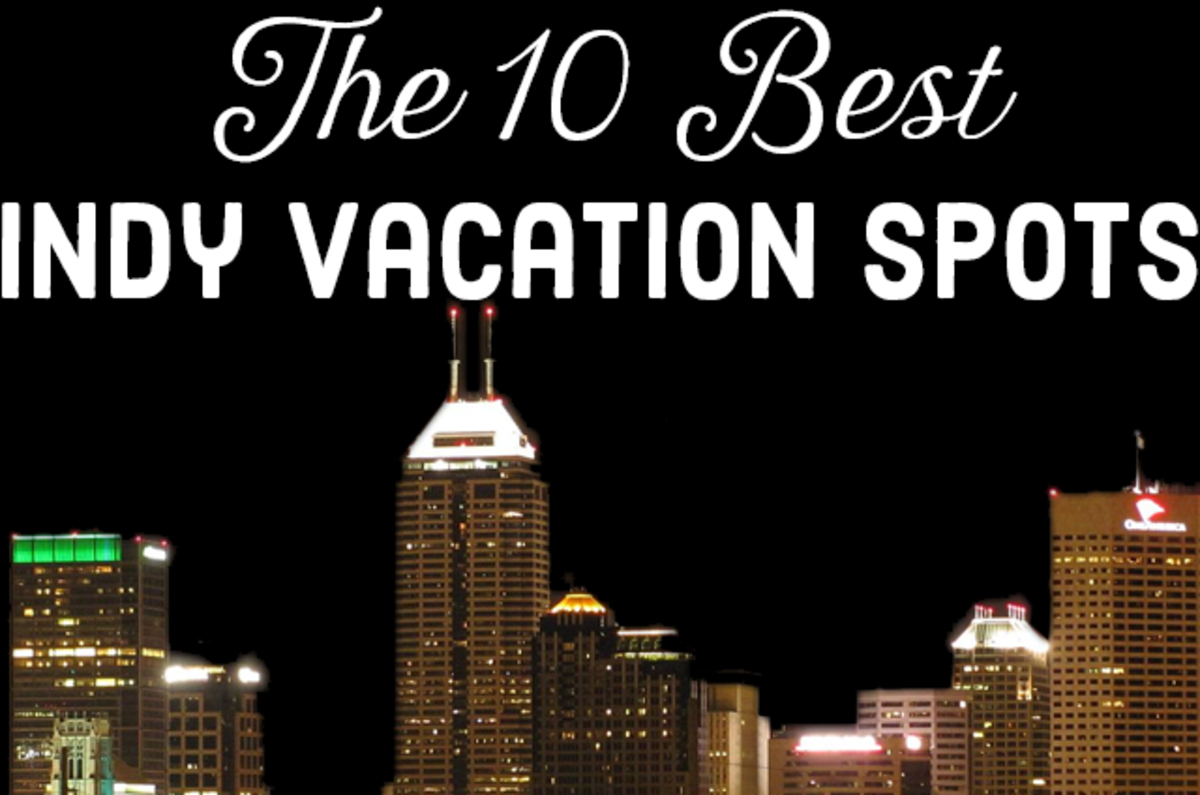- HubPages»
- Travel and Places»
- Visiting North America»
- United States
George Rogers Clark National Historic Park
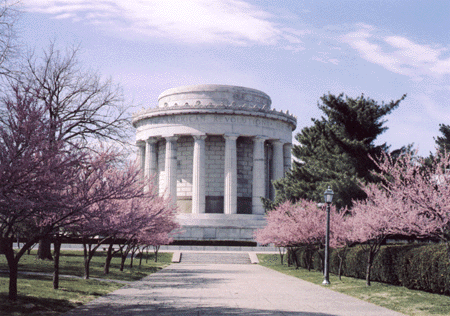
Few Americans know anything about George Rogers Clark, but the map of the United States might look much different today, if not for his exploits. During the American Revolution, the vast majority of the fighting took place east of the Appalachians, but there was some activity to the west.
Clark's victories gave the fledgling United States a strong claim to what became known as the Northwest Territory. This area later became the states of:
- Ohio (1803)
- Indiana (1816)
- Illinois (1818)
- Michigan (1837)
- Wisconsin (1848)
It also included a small portion of Minnesota. This land was previously claimed by Great Britain, who ceded it to the United States at they Treaty of Paris in 1783. The treaty ended the American Revolution.
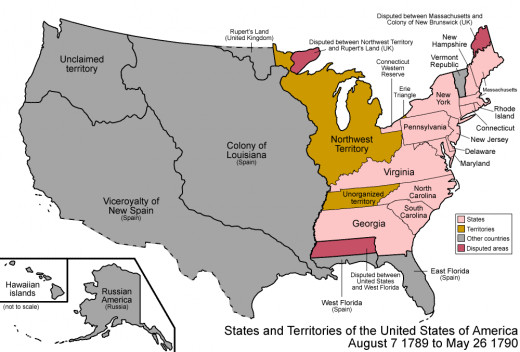
Capture of Fort Sackville
The French has established a few widely scattered towns throughout the Northwest Territory prior to the French and Indian War. These included Cahokia and Kaskaskia on the Mississipi River in Illinois, Vincennes on the Wabash River in Indiana and Detroit. Great Britain took control of these towns after defeating the French.
Henry Hamilton was the British commander of Detroit during the American Revolution. He provided arms to Indians and encouraged them to raid American settlements in present day Kentucky, then claimed by the state of Virginia. Since he also paid Indians for scalps, he was referred to as "Hair Buyer Hamilton" by the Americans.
Clark decided the best way to stop the Indian attacks was to capture the British towns and forts. He asked Patrick Henry, then governor of Virginia, for permission to lead an expedition. With the governor's approval, Clark attempted to raise a force of 500 men, but had to settle for a force of 175. Undaunted, he wrote to Patrick Henry:
"Great things have been effected by a few men well conducted."
Clark and his soldiers took Cahokia, Kaskaskia and Vincennes in the summer of 1778 with little opposition. They were only lightly garrisoned and since most of the inhabitants were French, they weren't fond of the British. Clark was quick to inform the French that America and France had become allies against the British.
In response to Clark's campaign, Henry Hamilton led a small force to recapture Vincennes in the fall of 1778. Upon hearing news of this move in late January of 1779 , Clark decided to launch an immediate winter assault to retake it before British reinforcements could arrive.
In early February the American force began an epic 18-day, 180 mile march across the flooded terrain of present day Illinois from Kaskaskia to Vincennes. Upon reaching the town of Vincennes, the Americans were provided supplies by the locals. The British occupied nearby Fort Sackville, which Clark's force quickly surrounded. Clark wanted to convince the British they were up against an overwhelming force, so he displayed enough battle flags for a much larger force. He also instructed his men to fire at the British, make a lot of noise and laugh, like they were shooting at the British for fun.
Clark and Hamilton met to discuss surrender terms, but could not reach an agreement. Shortly after their meeting adjourned, an Indian raiding party returned. They didn't know the Americans had taken control of Vincennes and were quickly captured. Clark had them brutally executed in front of Fort Sackville. Hamilton surrendered shortly afterward.
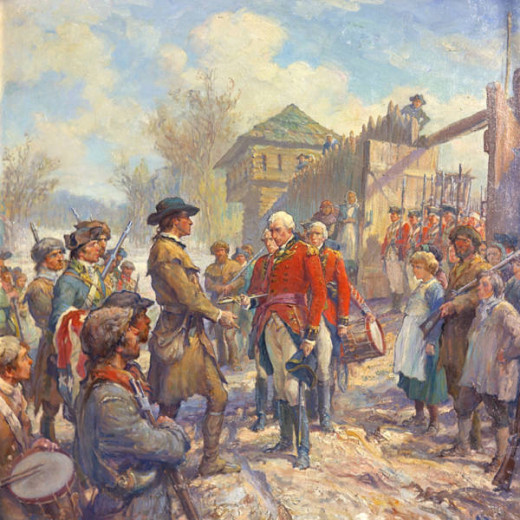
After the Capture of Vincennes
George Rogers Clark's ultimate goal during the American Revolution was to capture Detroit. Unfortunately, he was never able to recruit enough soldiers to make this possible. After the war, Clark and his soldiers were granted land in present day Indiana, on the north side of the Ohio River, opposite Louisville, Kentucky. The area is known as Clarksville, which resides in Clark county.
During his campaigns, Clark signed for many of the supplies he needed personally. After the war, the federal government refused to assume these debts. Debt collectors hounded him for the rest of his life.
George Rogers Clark Memorial
For the sesquicentennial of the capture of Fort Sackville, Calvin Coolidge authorized the creation of the George Rogers Clark Memorial, which was later dedicated by Franklin D. Roosevelt in 1936. It was built In Vincennes on the approximate site of Fort Sackville, which had long since disappeared. The memorial was operated by the state of Indiana until it was turned over to the National Park Service in 1966.
